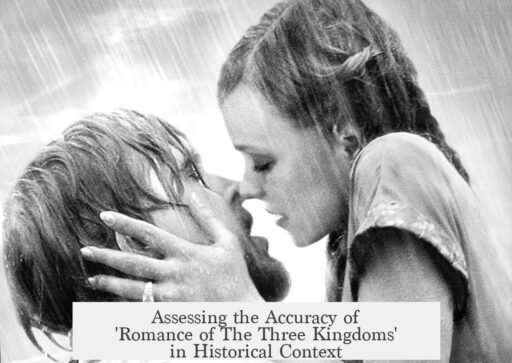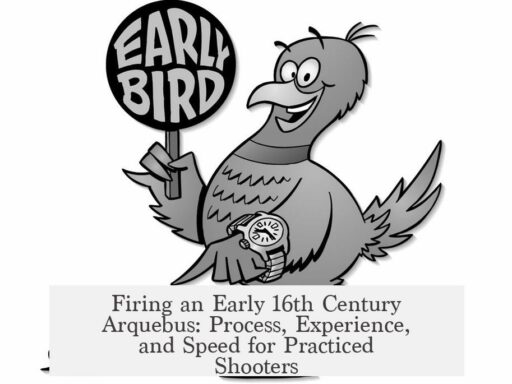Romance of the Three Kingdoms (ROTK) balances historical accuracy with fiction, adhering roughly to two-thirds historical events and one-third creative storytelling. Luo Guanzhong, the author, presents the timeline and major events of the Three Kingdoms period with solid accuracy. Most significant battles, alliances, and political changes follow the accepted historical record without notable temporal errors.
The novel reflects key moments documented by early historians like Chen Shou, whose Records of the Three Kingdoms form the historical basis. However, the interpretations of these events often differ, influenced by later historians’ views and Luo’s own literary goals. It means the factual occurrences are reliable, but their meanings and character portrayals sometimes stray from strict history.
One important aspect affecting accuracy is Luo’s clear bias toward Shu Han, one of the three kingdoms. The narrative elevates Shu Han figures such as Liu Bei and Zhuge Liang, portraying them as paragons of virtue and genius. This favoritism shapes the novel’s tone and interpretation. For example, Liu Bei is shown as a benevolent leader, though historical evidence includes instances where he betrayed family and seized land.
- Liu Bei’s character is idealized, often glossing over morally ambiguous acts.
- Zhuge Liang is depicted as a near-mythical strategist capable of supernatural feats, like controlling the wind at Chibi, which is fictional.
Luo also adds fictional characters and invents storylines to enhance drama. The most famous example is Diao Chan, a figure not appearing in historical texts but crucial in the plot’s intrigue. Some historical figures’ personalities are exaggerated or altered. Zhang Fei’s infamous temper is accurate, but Luo’s narrative misses his sophisticated background and artistic talents.
The novel introduces minor anachronisms, reflecting Luo’s Ming-era perspective rather than Han or Three Kingdoms realities. A key example is the civil service examination system, mentioned in ROTK but only formalized centuries later. Similarly, Guan Yu’s weapon, the guandao, is iconic but was not present historically during his time; traditional halberds or spears were more common.
Historiographical scrutiny reveals that even the primary historical sources have political slants. Chen Shou’s Records, while authoritative, carry their own biases. Modern scholarship, such as Rafe de Crispigny’s research, suggests events like the Battle of Red Cliffs were smaller engagements magnified by chroniclers to suit contemporary politics.
The cultural influence of ROTK sometimes clouds historical clarity. The novel’s romanticized portrayal reshapes public memory, making legendary figures larger than life. This effect parallels other Chinese classics like Water Margin, where historical grounding is weaker and fictional embellishment stronger. While profoundly shaping Chinese literature and identity, ROTK’s narrative prioritizes storytelling drama over strict accuracy.
| Aspect | Historical Accuracy | Fiction / Bias |
|---|---|---|
| Timeline & Events | Mostly accurate; follows documented battles and political changes | Minor anachronisms like examination references |
| Main Characters | Based on real people | Personality exaggerations, fictional characters like Diao Chan |
| Weapons & Technology | Halberds/spears accurate | Use of guandao attributed to Guan Yu is anachronistic |
| Major Battles | Events like Red Cliffs occurred | Size and significance often exaggerated |
| Author’s Bias | Shaped character portrayals and key scenes | Strong favoring of Shu Han |
In summary, Romance of the Three Kingdoms merges authentic history with imaginative interpretation. Readers should recognize its foundation on true events but remain aware of artistic license, bias, and fictional inserts. The novel remains invaluable as cultural heritage and literature, but not as a strict history textbook.
- The core historical timeline is largely accurate, aligned with Chen Shou’s Records.
- Luo Guanzhong’s bias favors Shu Han and romanticizes key figures.
- Fictional characters and altered personalities serve narrative goals.
- Small anachronisms and inaccuracies reflect Ming-era context and creative liberty.
- Modern historians advise caution in accepting all events and portrayals at face value.
How Accurate Is the ‘Romance of The Three Kingdoms’ Really?
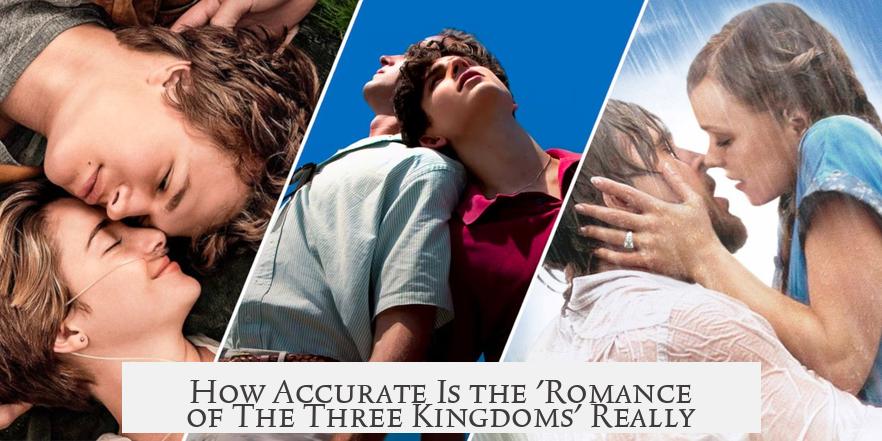
Romance of the Three Kingdoms (ROTK) blends history and fiction—but how much is just historical truth and how much pure storytelling? In short, Luo Guanzhong’s classic is about two-thirds history and one-third fiction. So, it’s a pretty solid foundation sprinkled generously with captivating tales and dramatic license.
Let’s break down the layers of truth, bias, and myth tangled up in this epic novel.
The Foundation: Accuracy of Historical Events and Timeline
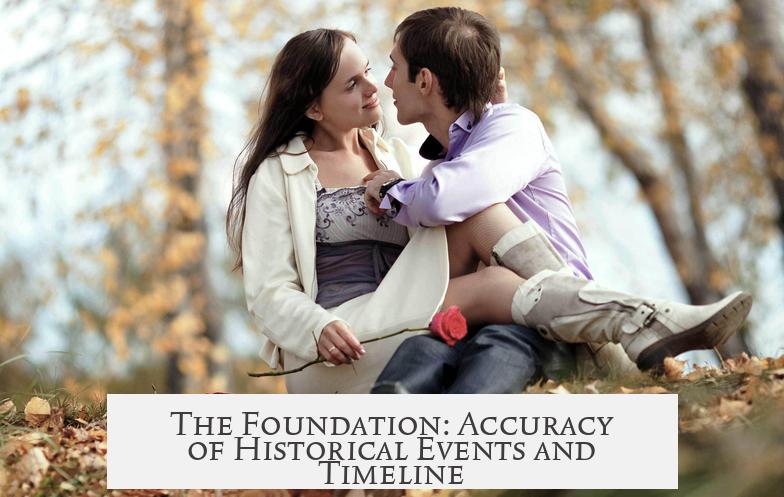
When it comes to the overall timeline and key events, Luo’s portrayal is remarkably on point. The major battles, alliances, and political upheavals are aligned well with historical records. You would be hard-pressed to find blatant errors in the timeline or the big happenings of the era.
Still, it’s crucial to understand that the novel isn’t a dry history textbook. The precise meaning of many events often varies, depending on which historian you consult. The original historical source, Chen Shou’s “Records of the Three Kingdoms,” already offered interpretations subject to debate.
So, while the backbone is factual, the *flesh* can shift depending on who’s telling the story.
The Author’s Own Favorite Team: Bias Toward Shu Han
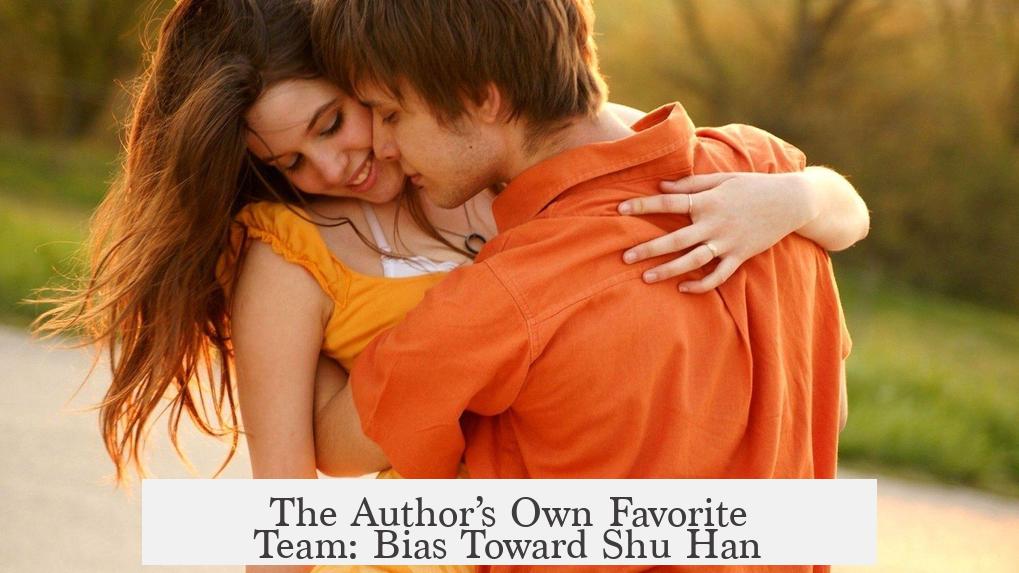
One of the clearest hints that Luo Guanzhong is not just narrating but also *romanticizing* is his evident favoritism toward the Shu Han kingdom.
Shu Han heroes like Liu Bei and Zhuge Liang get all the glory and the moral high ground. You might catch yourself wondering: Was Liu Bei the paragon of virtue Luo paints, or was there a trickier, less saintly side to him? The novel glosses over Liu Bei betraying family members for power, a detail historical records don’t shy away from.
Bias doesn’t kill accuracy but flavors it—like adding a bit of soy sauce to an already complex broth. It gives you the taste Luo wants you to savor.
Fictional Characters and Embellished Personalities

ROTK also invents characters or reworks personalities dramatically. Take Diao Chan, for example. She’s a dazzling beauty central to the plot but historically nonexistent. Luo’s creative liberty fills gaps or spices up relationships.
Then there’s Zhang Fei, portrayed often as a rough-and-tumble brute. In reality? Zhang Fei was well-educated, artistic, and a deep thinker. Luo doesn’t lie completely—Zhang Fei’s bad temper stays true—but his intellectual side gets overshadowed by that ill-tempered caricature.
Interestingly, Luo’s depiction of the famous “Oath of the Peach Garden,” where brothers Liu Bei, Guan Yu, and Zhang Fei swear loyalty, stems from a Zhang Fei artwork of a peach garden. The historical brotherhood was only between Guan Yu and Zhang Fei. So, sometimes, art inspires fiction, which fiction then inspires popular belief.
Specific Historical Quibbles: The Devil Is in the Details

Some small but notable inaccuracies slip through, particularly with anachronisms. For instance, Guan Yu’s signature weapon, the guandao (a halberd-like polearm), wasn’t actually invented during his time. Historical texts say he used “piercing” strikes typical of halberds or spears, which fits the era better.
Another eyebrow-raiser: mentions of failed examination candidates. The imperial exam system that dominates Chinese civil service was really a Tang or Song Dynasty development, long after the Three Kingdoms. Intrusions like these show how later cultural elements sneak into historical storytelling.
Views from Historians: Beyond Chen Shou’s Records

Romance of the Three Kingdoms leans heavily on Chen Shou’s official “Records of the Three Kingdoms,” but taking Chen at face value is risky too. He had his own political views and limitations.
Modern historians like Rafe de Crispigny provide intriguing new takes. For example, the legendary Battle of Red Cliffs might have been a smaller skirmish rather than the massive clash Luo immortalized. Contemporary chroniclers likely exaggerated events to serve political motives.
Want the freshest historical interpretation? Check out scholarly works like de Crispigny’s analysis for a reality check beyond the legend.
Unpacking Key Characters: Myth versus Reality
- Liu Bei: Virtuous leader or cunning politician? Luo makes him a hero of kindness, but historical records speak of invasions and betrayals that complicate his image.
- Zhuge Liang: The mastermind strategist is mostly legendary. No, he didn’t summon winds at Red Cliffs, but his true tactical skills remain impressive though not superhuman.
- Zhao Yun: Less flashy in the historical records. While Luo presents him as fearless and flawless, historians suggest a more nuanced figure.
Fact or fiction? It’s often a matter of interpretation and storytelling needs.
The Big Picture: Cultural Influence and Comparisons
ROTK’s influence on Chinese culture is massive. It molds how millions perceive history. That said, other works like Water Margin differ. Only about half of Water Margin’s characters had historical roots—unlike ROTK’s fairly solid foundation.
The cultural adage “two-thirds history, one-third fiction” captures the spirit of ROTK perfectly. This formula recurs in Chinese views of historical figures too, such as Mao Zedong, described as 2/3 good and 1/3 bad.
So, while the novel romances us with heroism and betrayal stories, it’s never too far from the historical soil it grows from. You get a heady mix—part truth, part myth, all gripping narrative.
Why Care About Accuracy in a Classic Tale?
Understanding the accuracy behind ROTK helps separate fact from myth. This knowledge enriches our appreciation. The novel isn’t just entertainment—it’s a gateway to an intriguing era. Think of the novel as a flavorful stew combining real historical meat with imaginative spices.
Knowing where the spices lie doesn’t spoil the taste; it deepens your experience.
So What’s the Takeaway?
Romance of the Three Kingdoms offers a stunning tapestry of history and fiction. Luo Guanzhong’s bias toward Shu Han shapes many portraits, and some characters and events are invented or reimagined. Nevertheless, the novel faithfully follows most of the key historical events and timeline.
Small anachronisms and mythical embellishments exist, but that’s part of what makes the story enduring and relatable. If you’re hungry for pure history, supplement ROTK with scholarly research. But if you want a legendary tale with rich texture, ROTK is a masterpiece.
In the end, ROTK teaches us more about human nature, loyalty, and power—truths that transcend mere dates and facts.
Ready to dive in again with fresh eyes? What do you think about the blurred lines between history and storytelling in ROTK? Does the mix of fact and fiction enhance or complicate your enjoyment?
